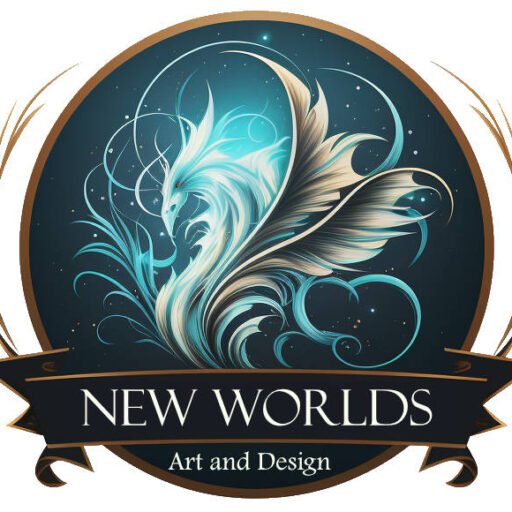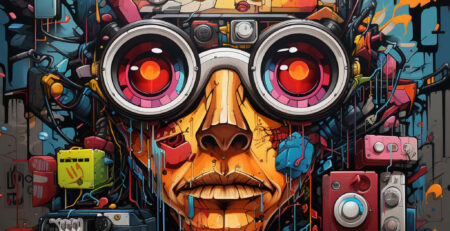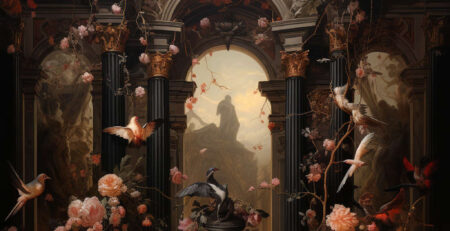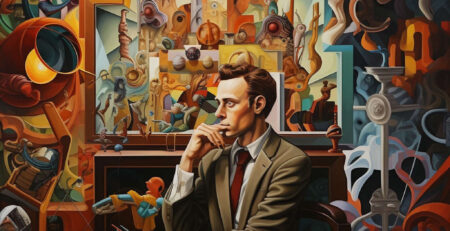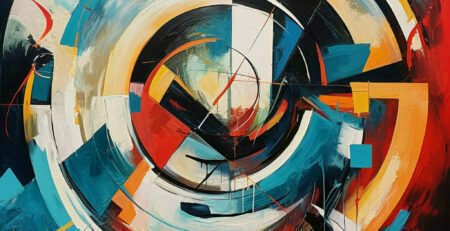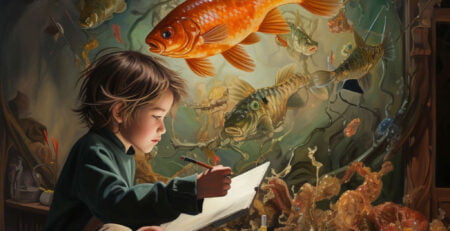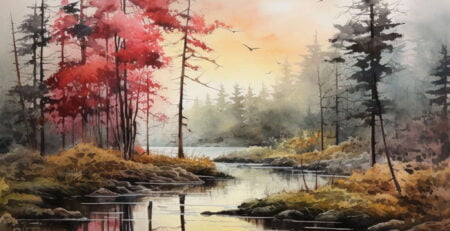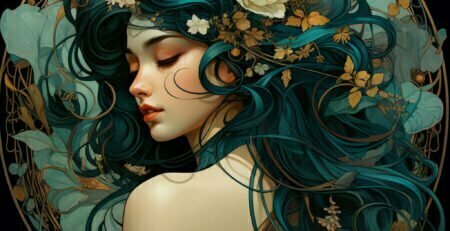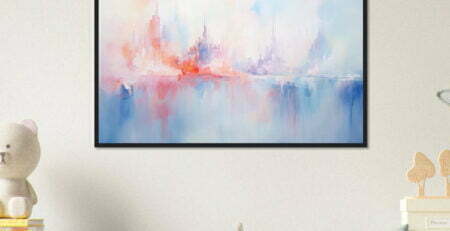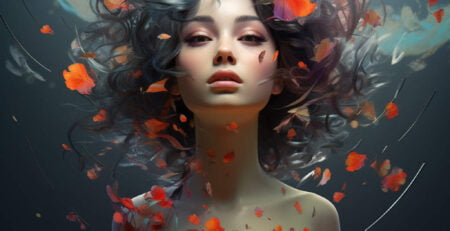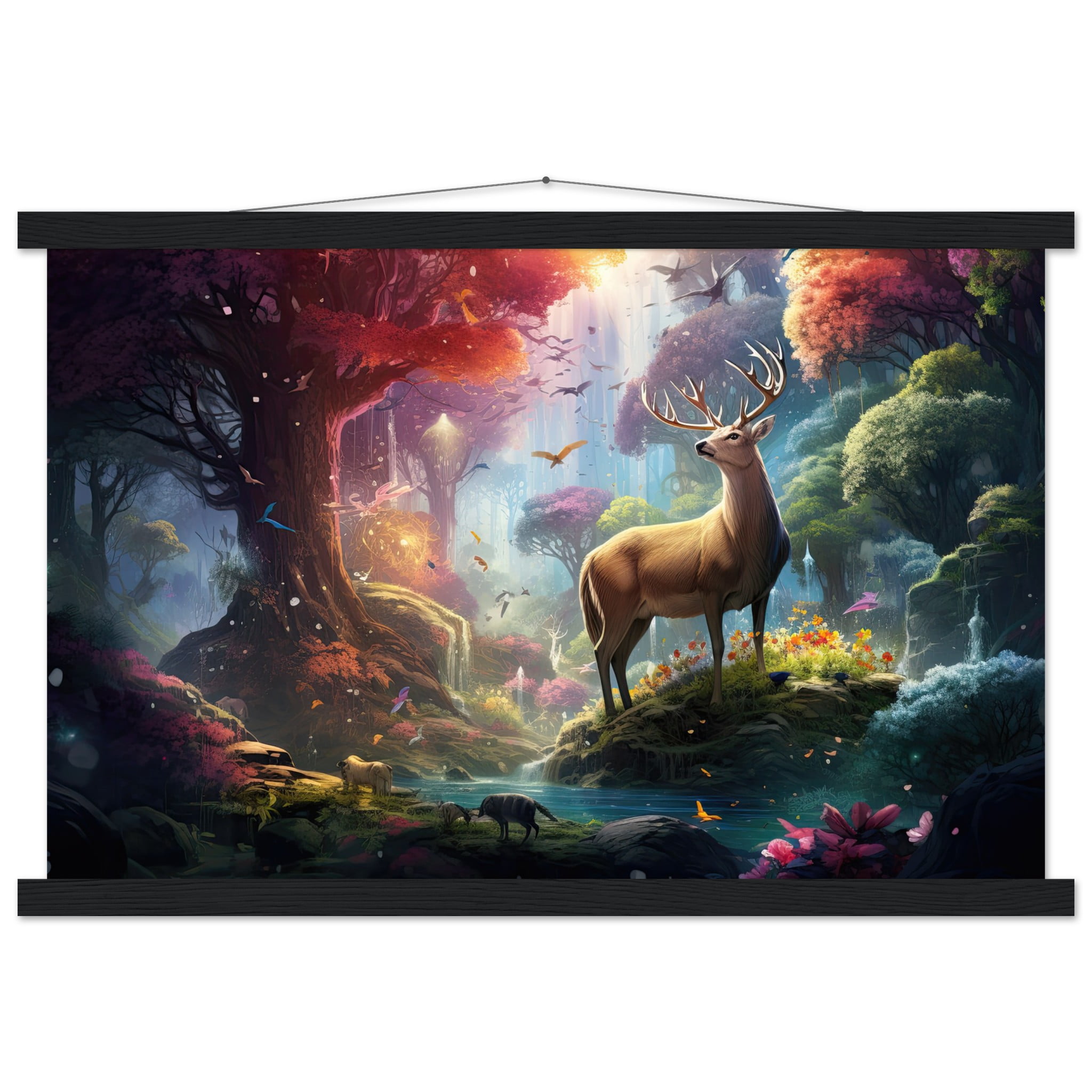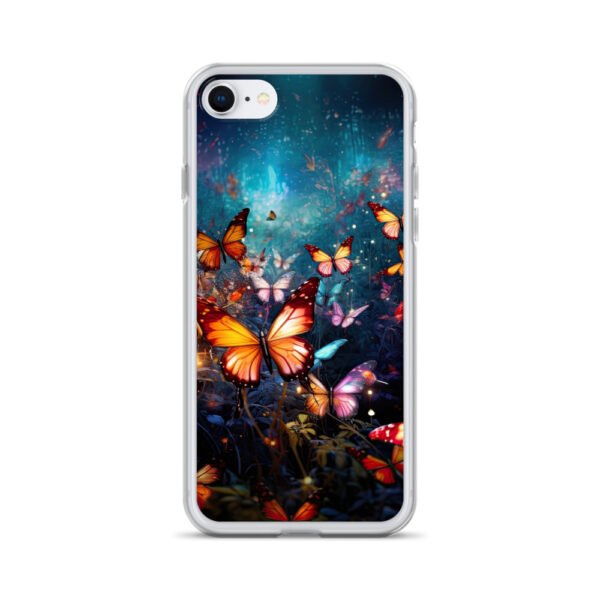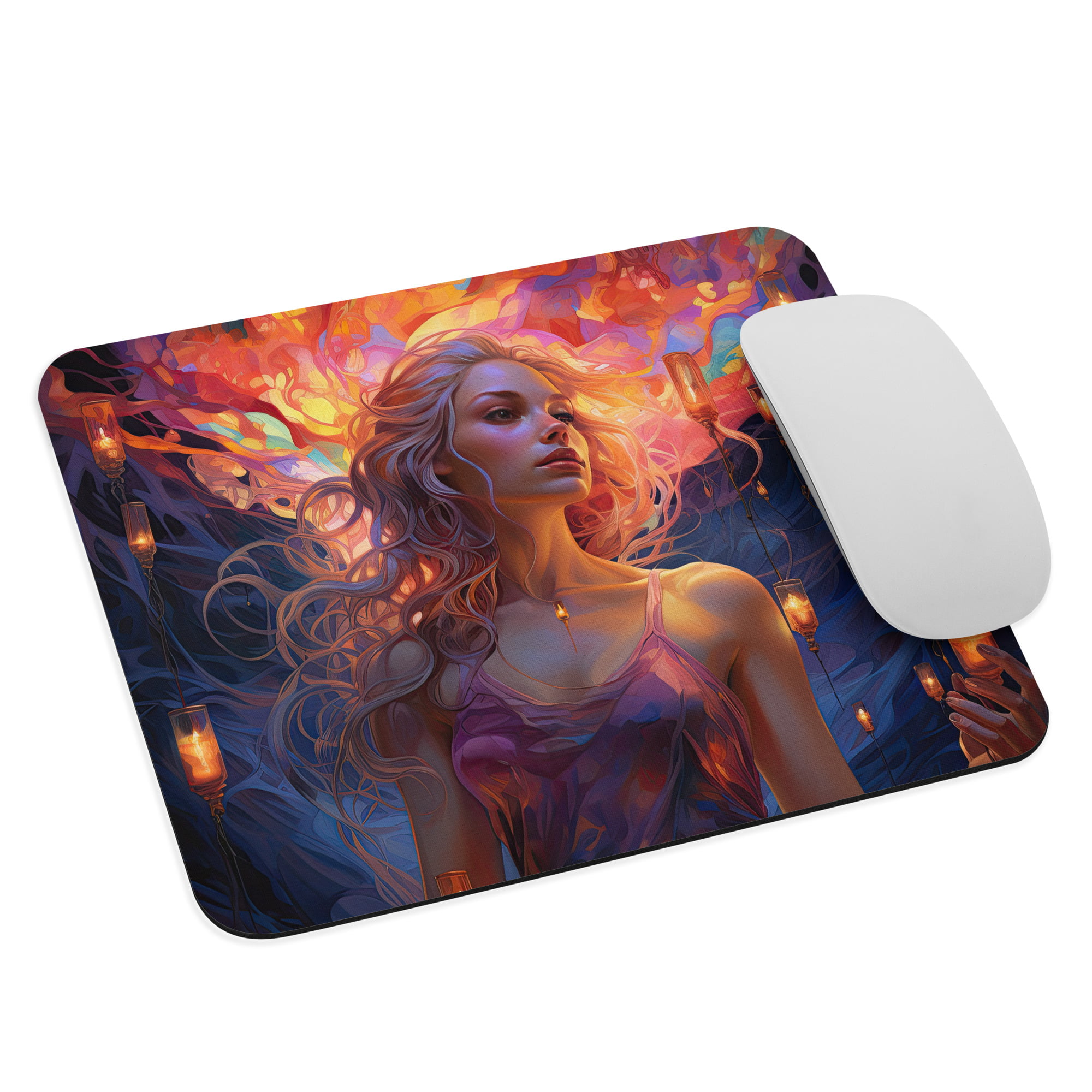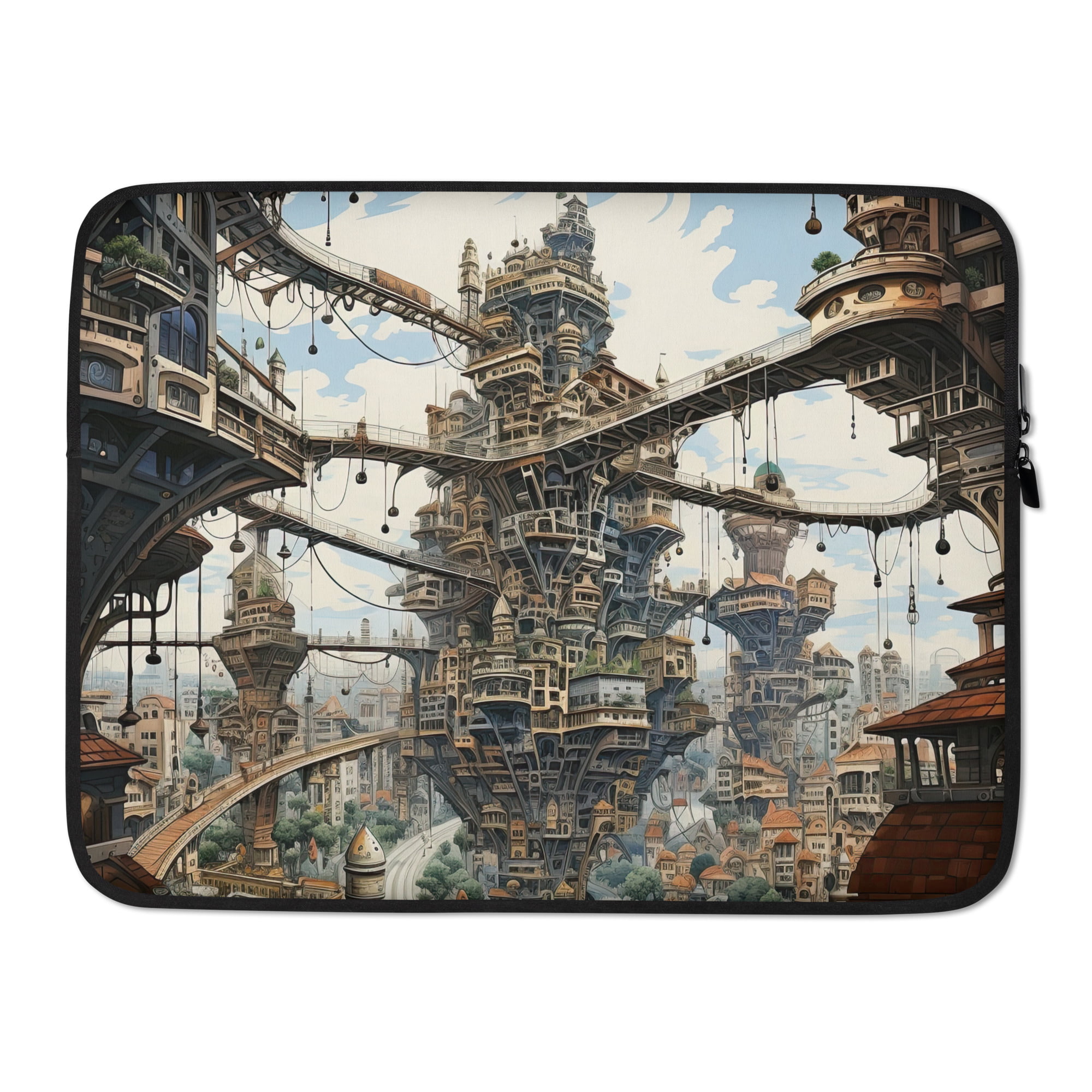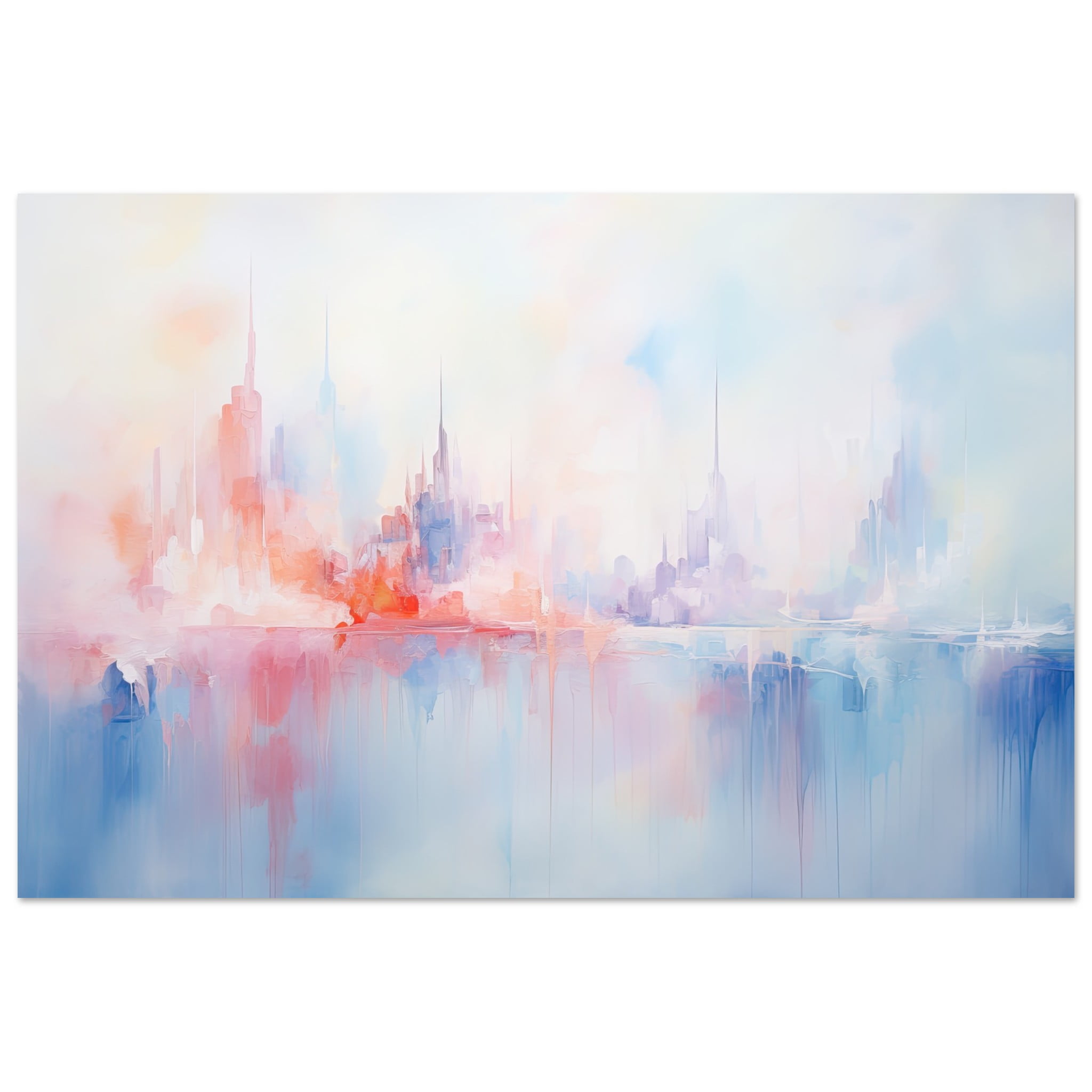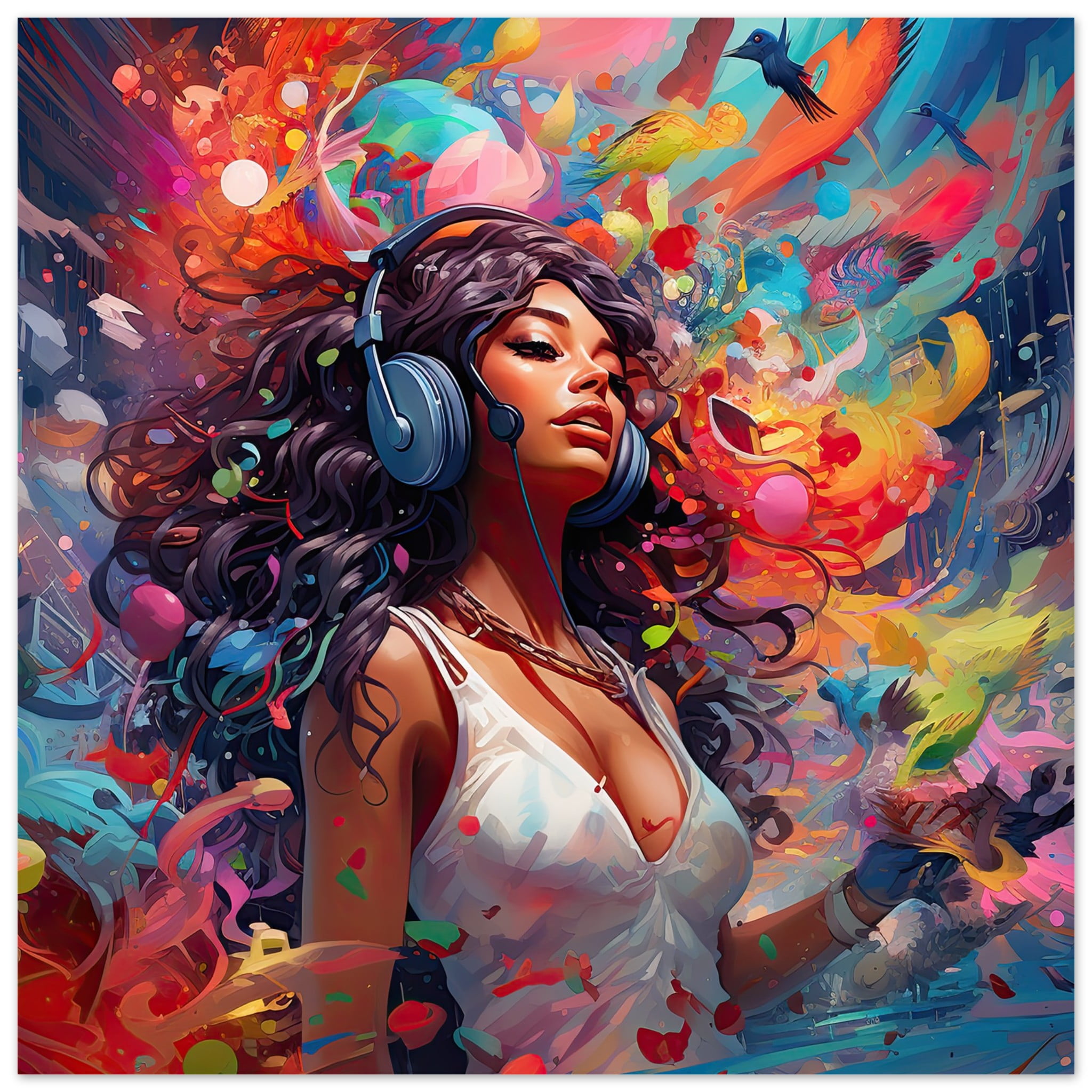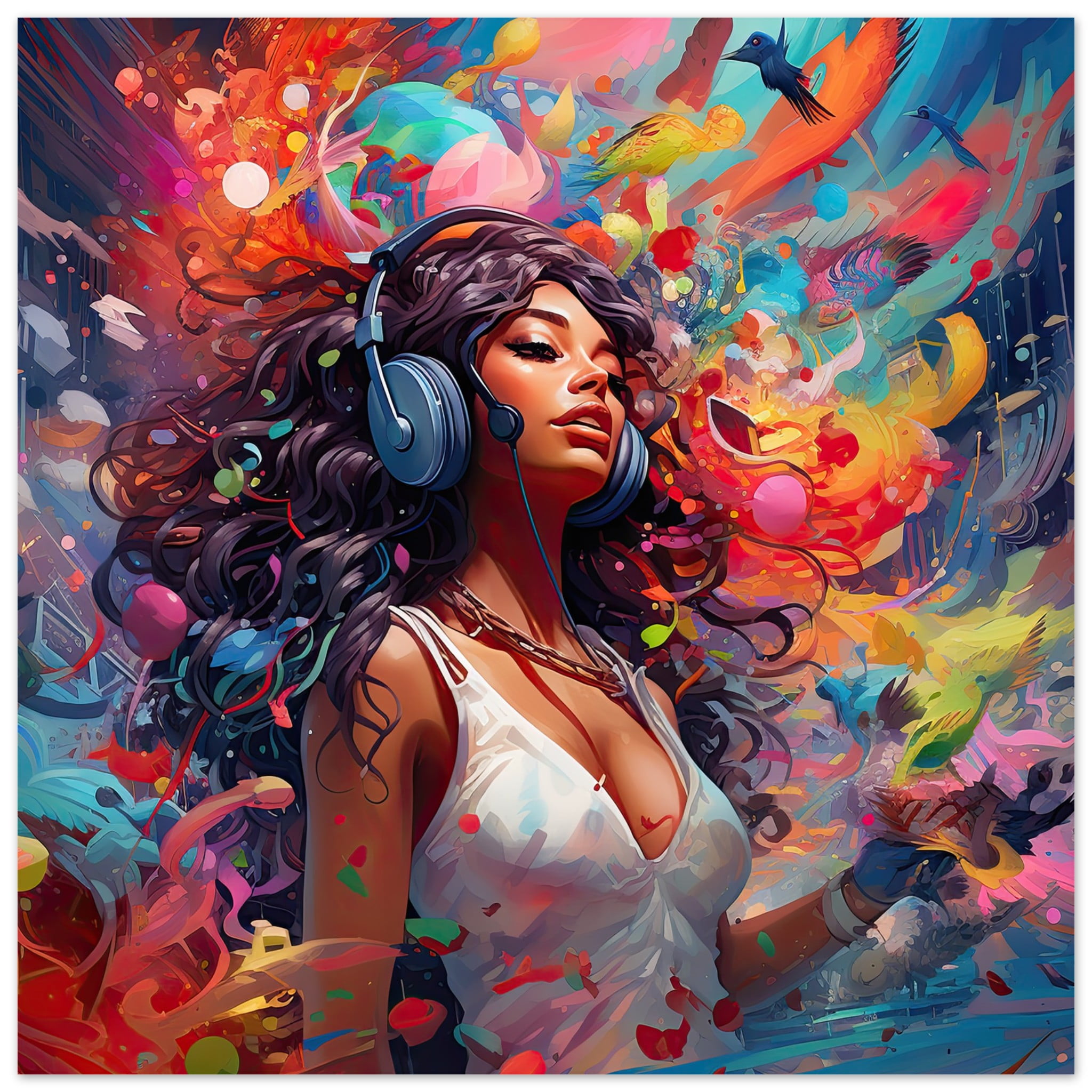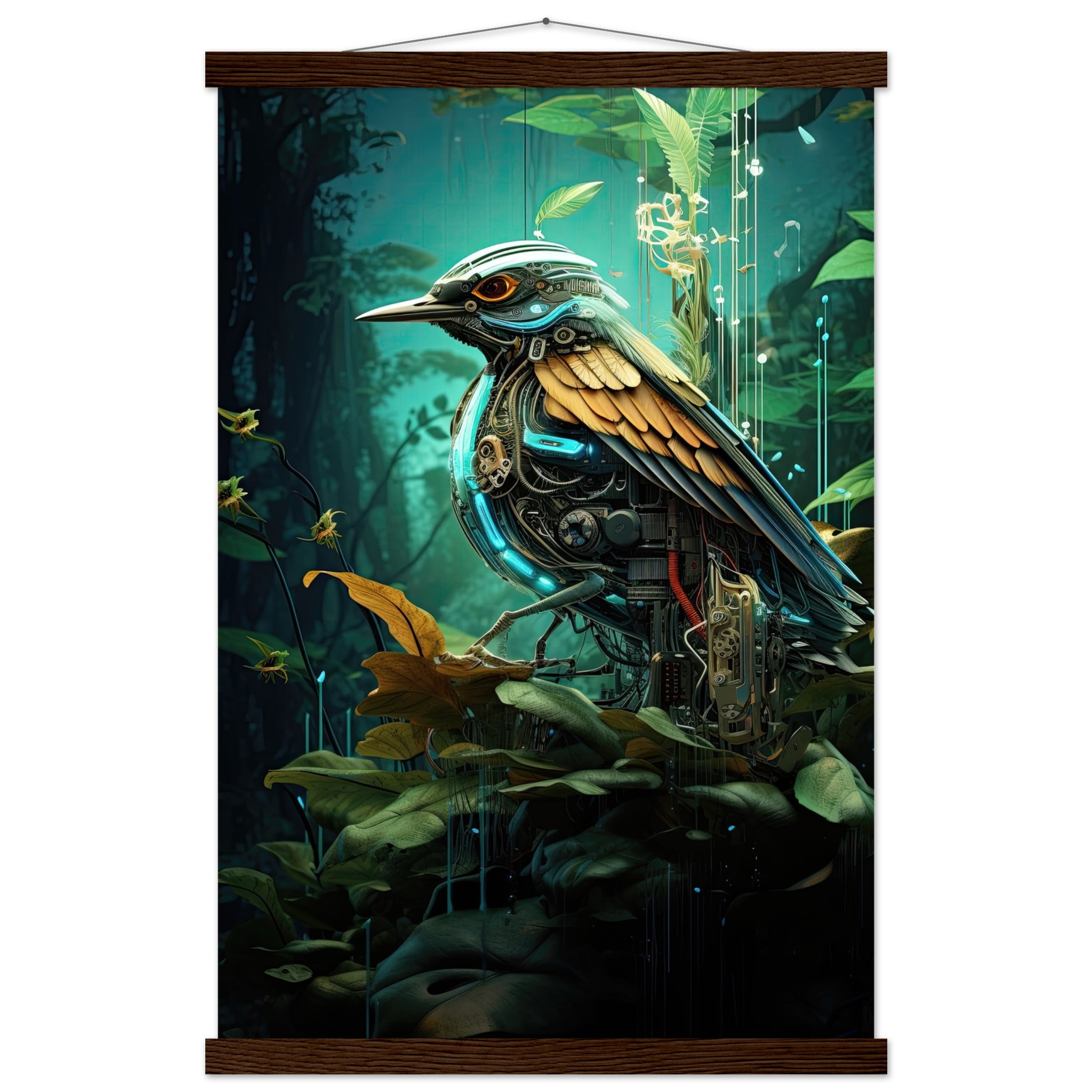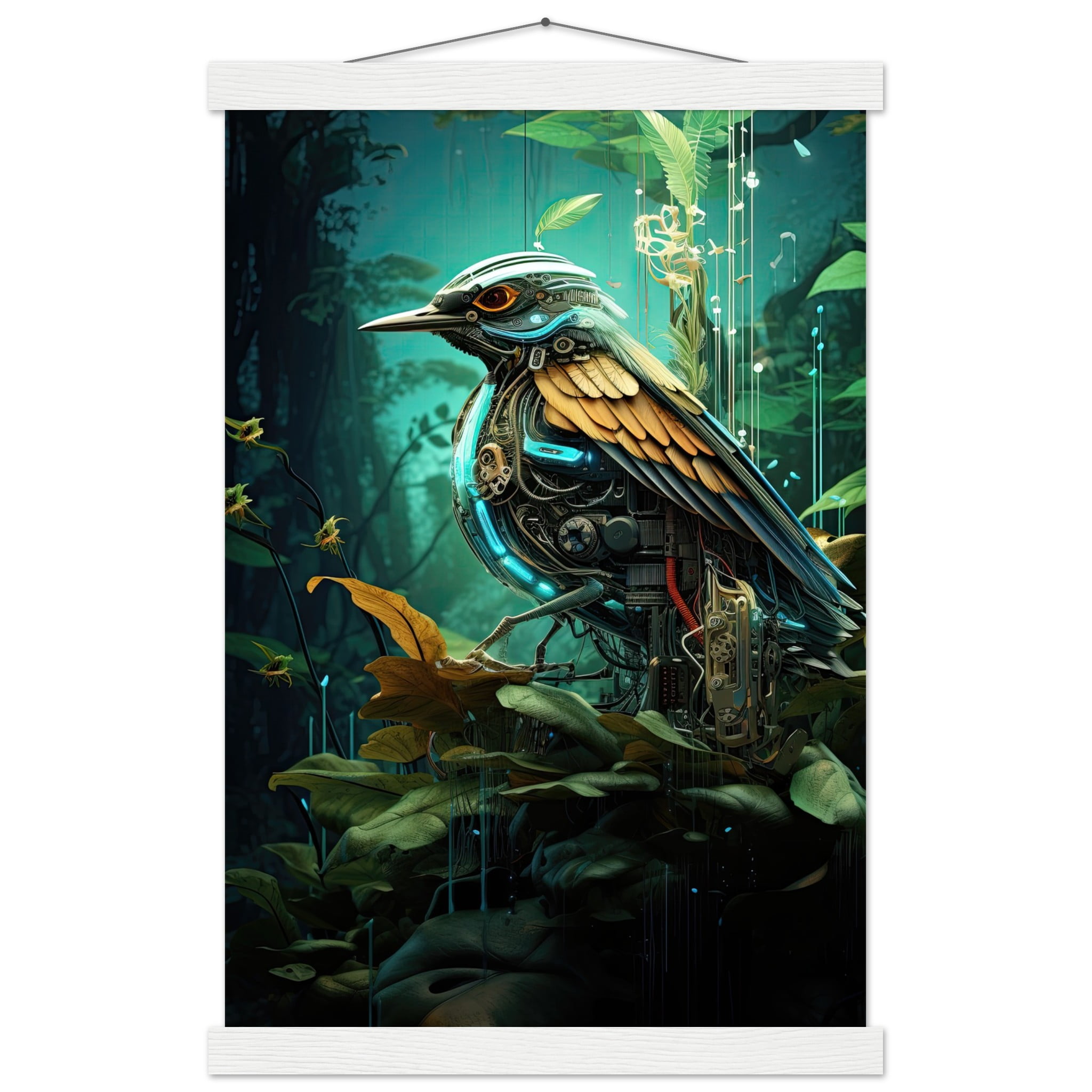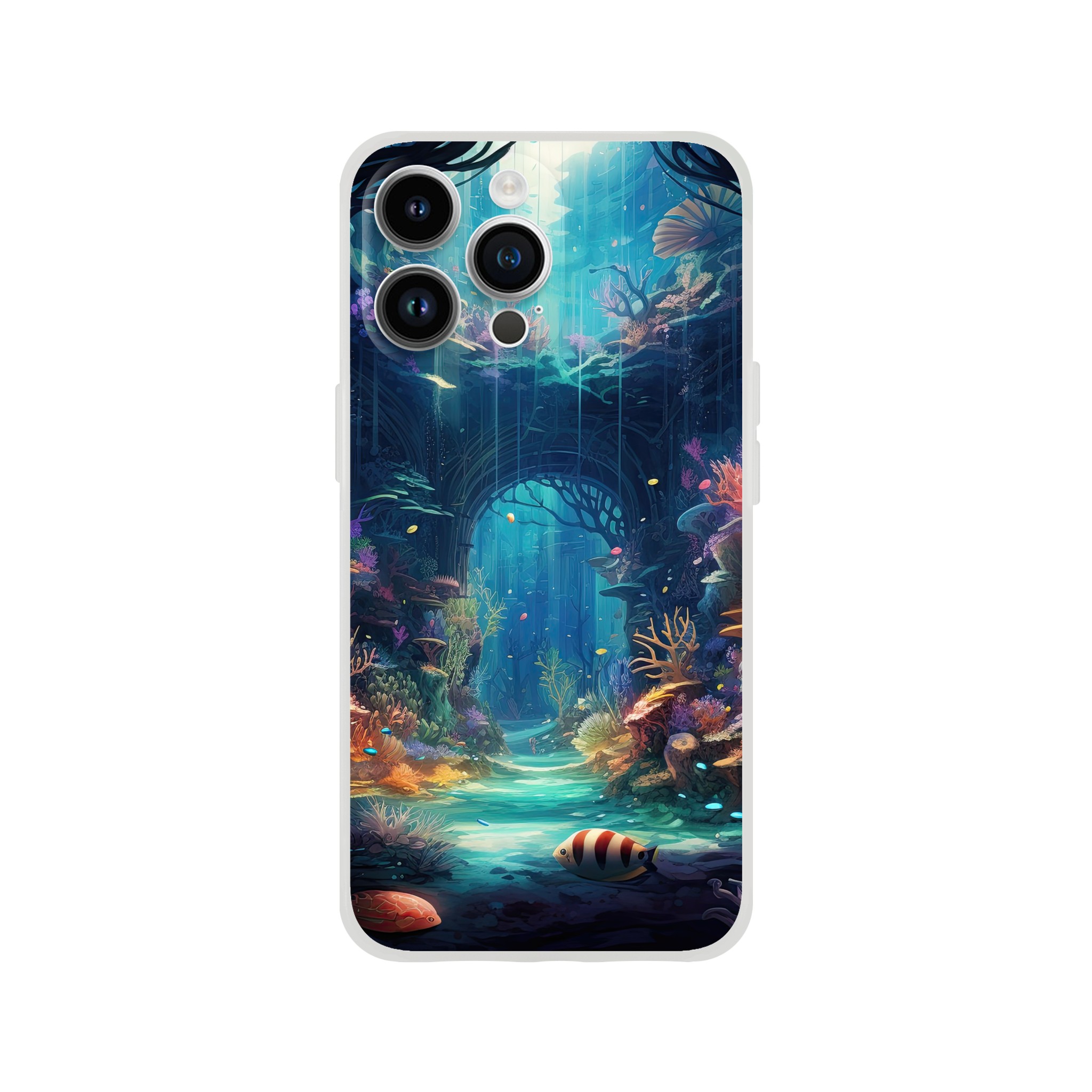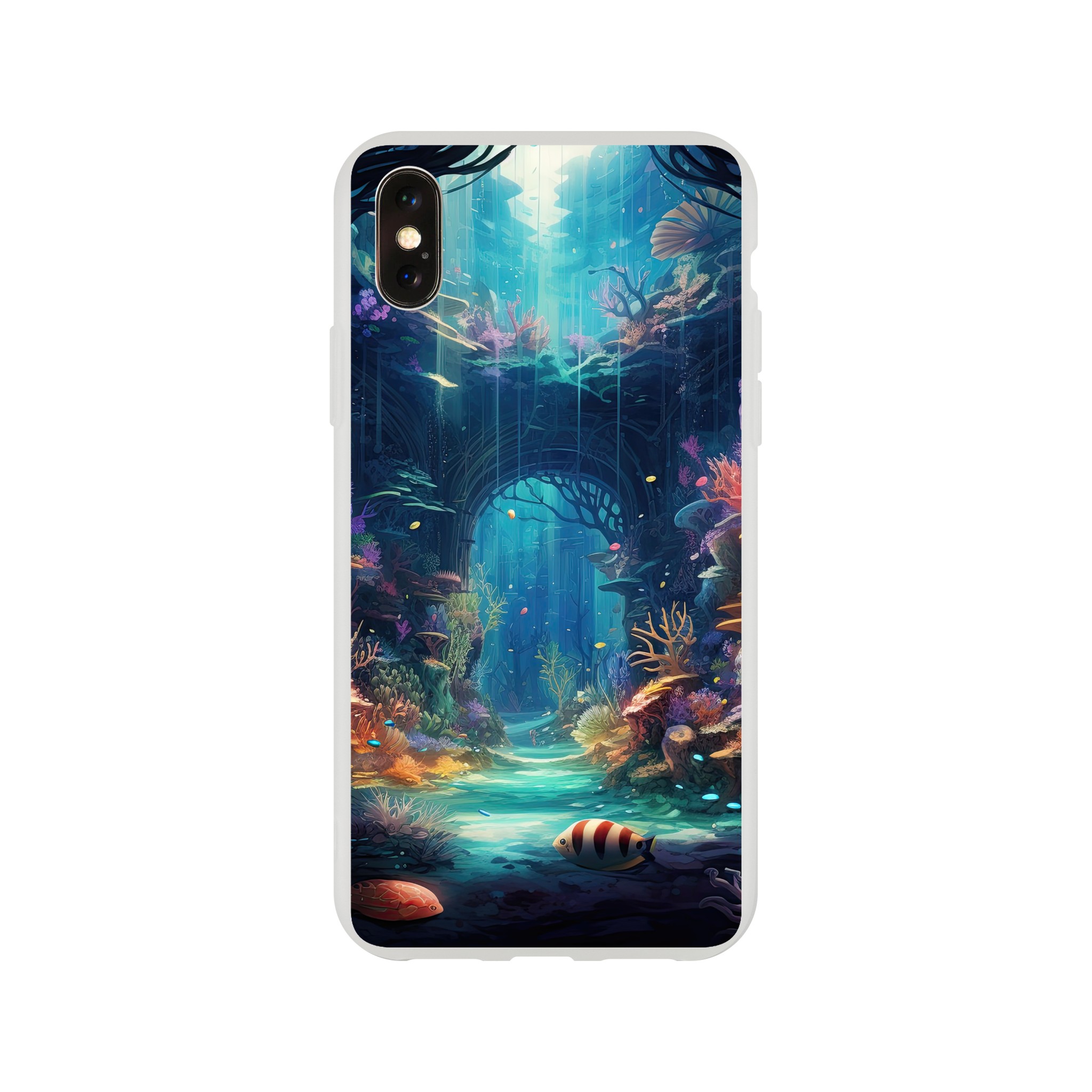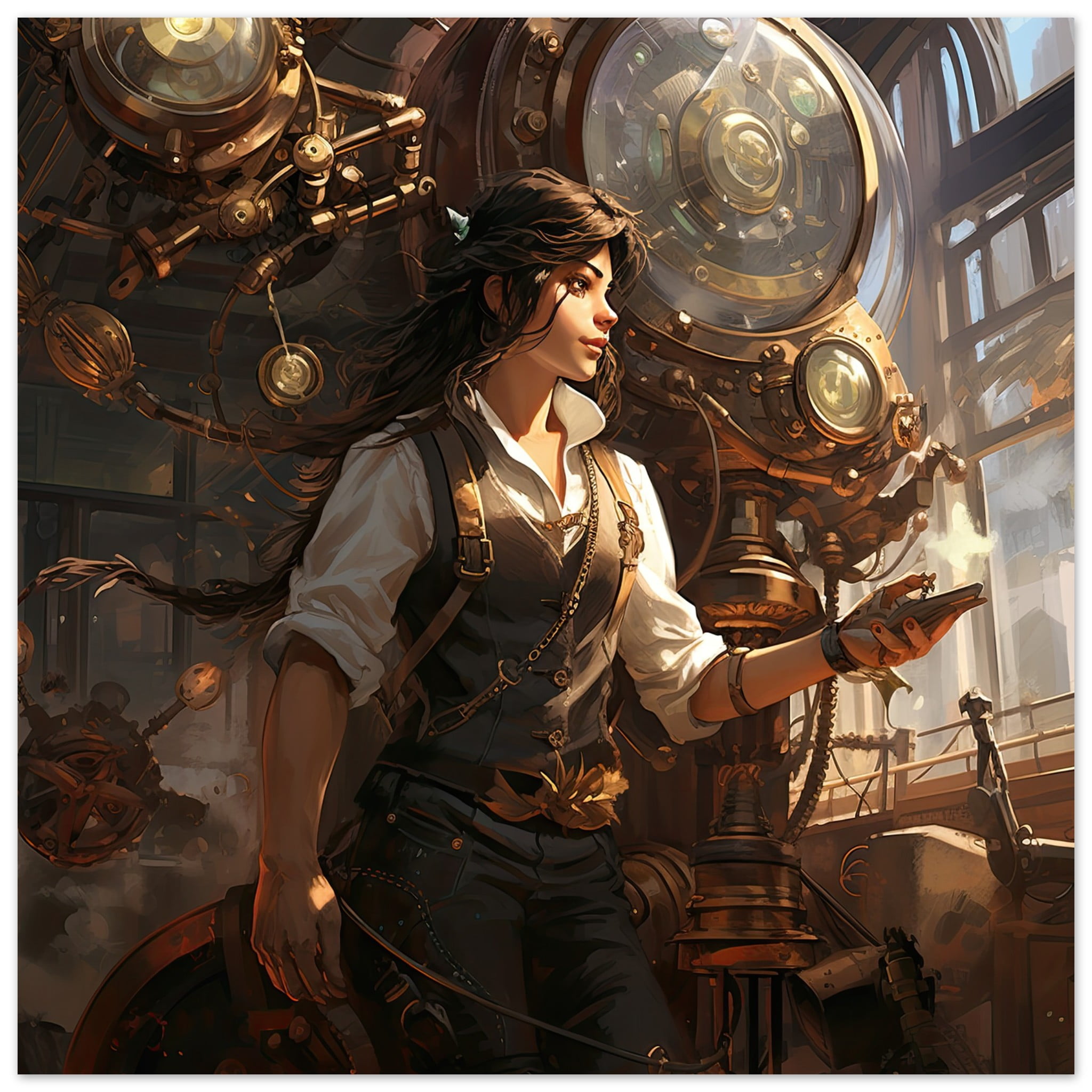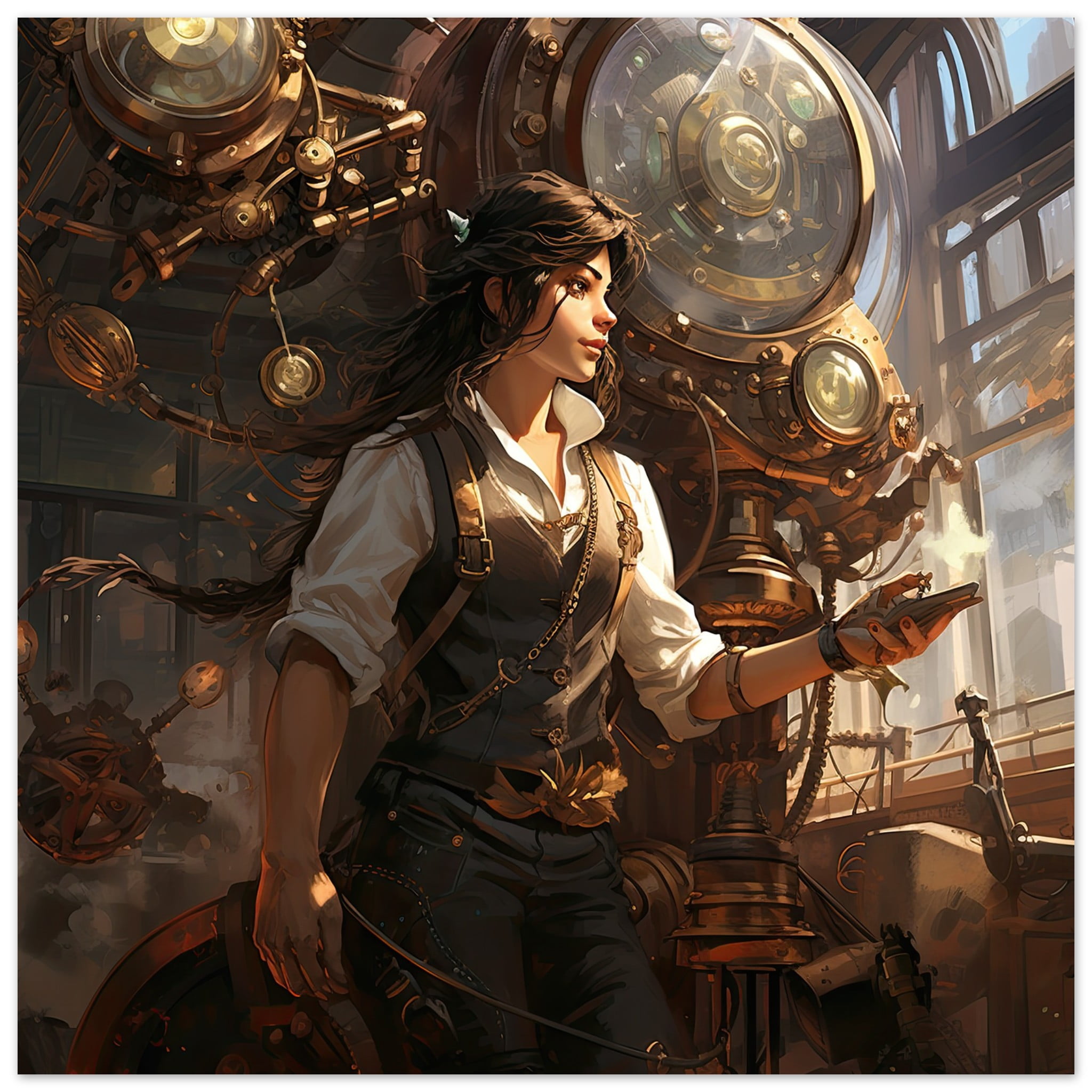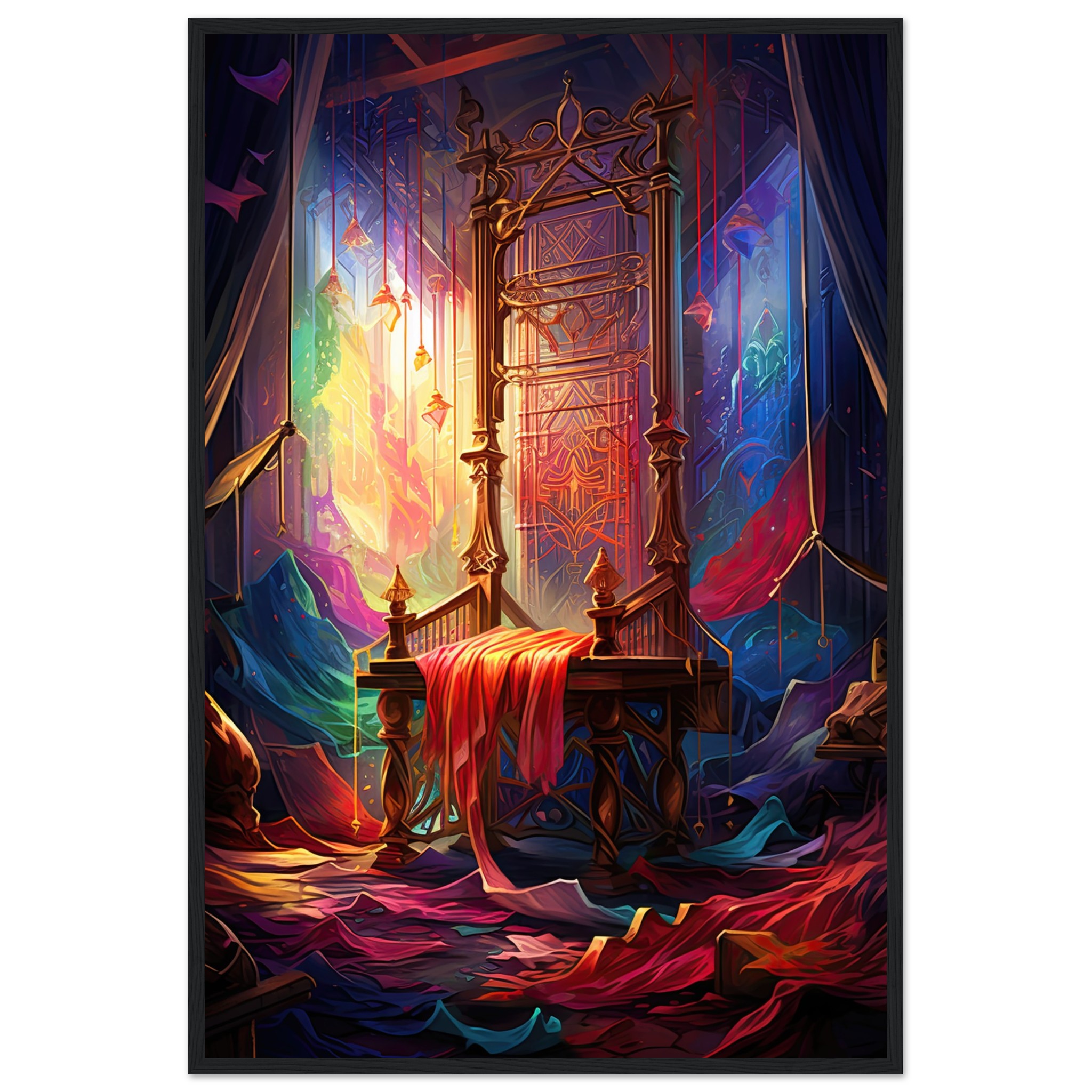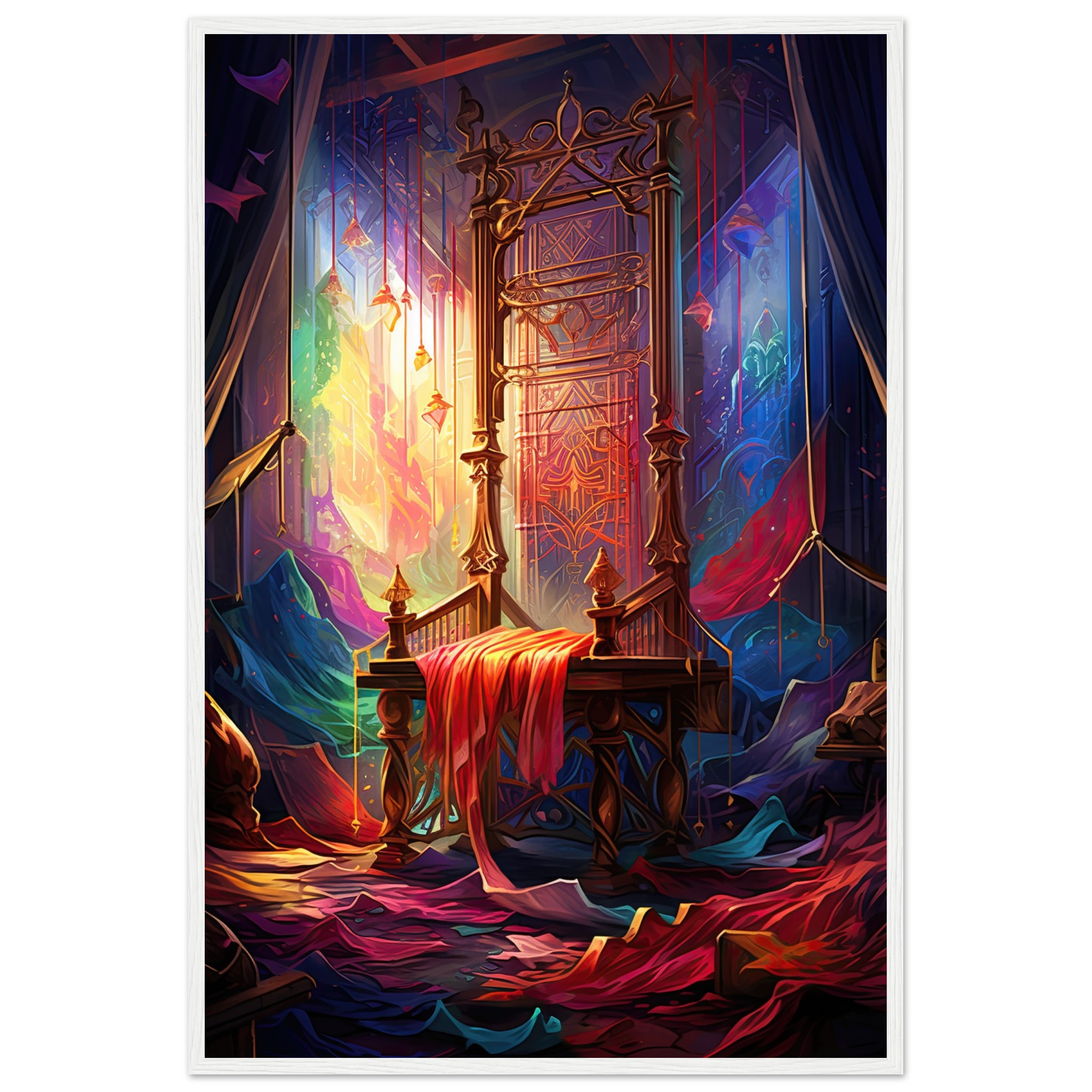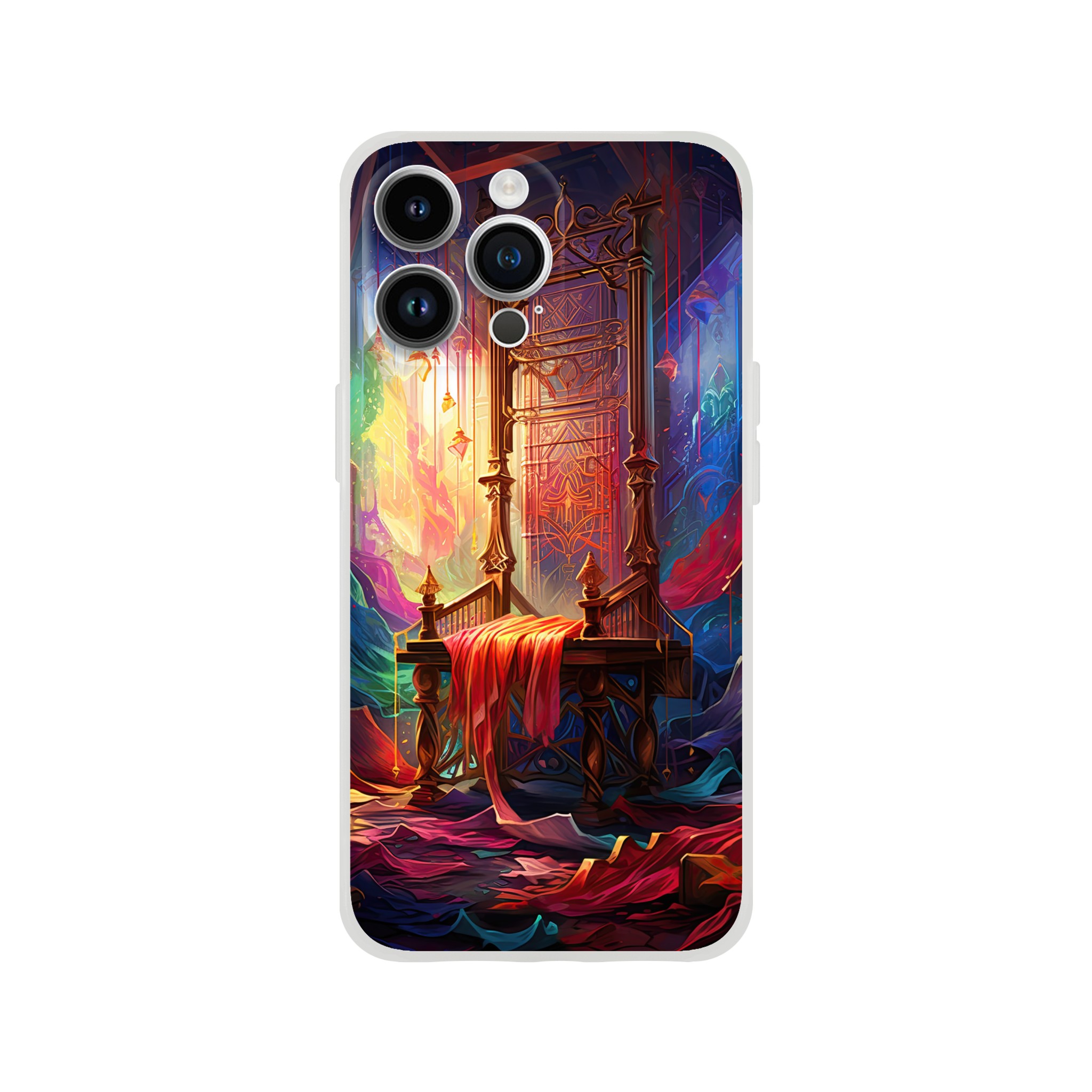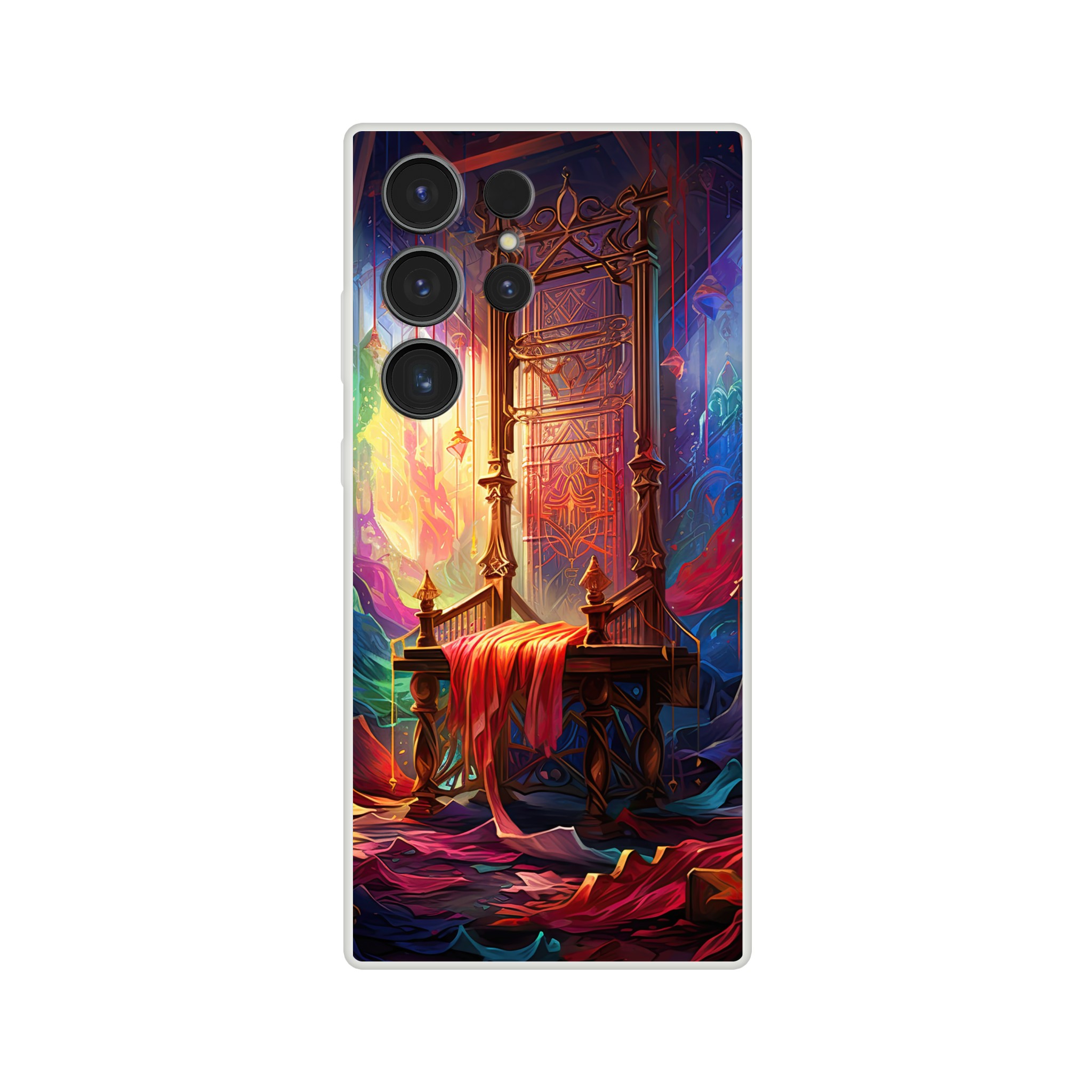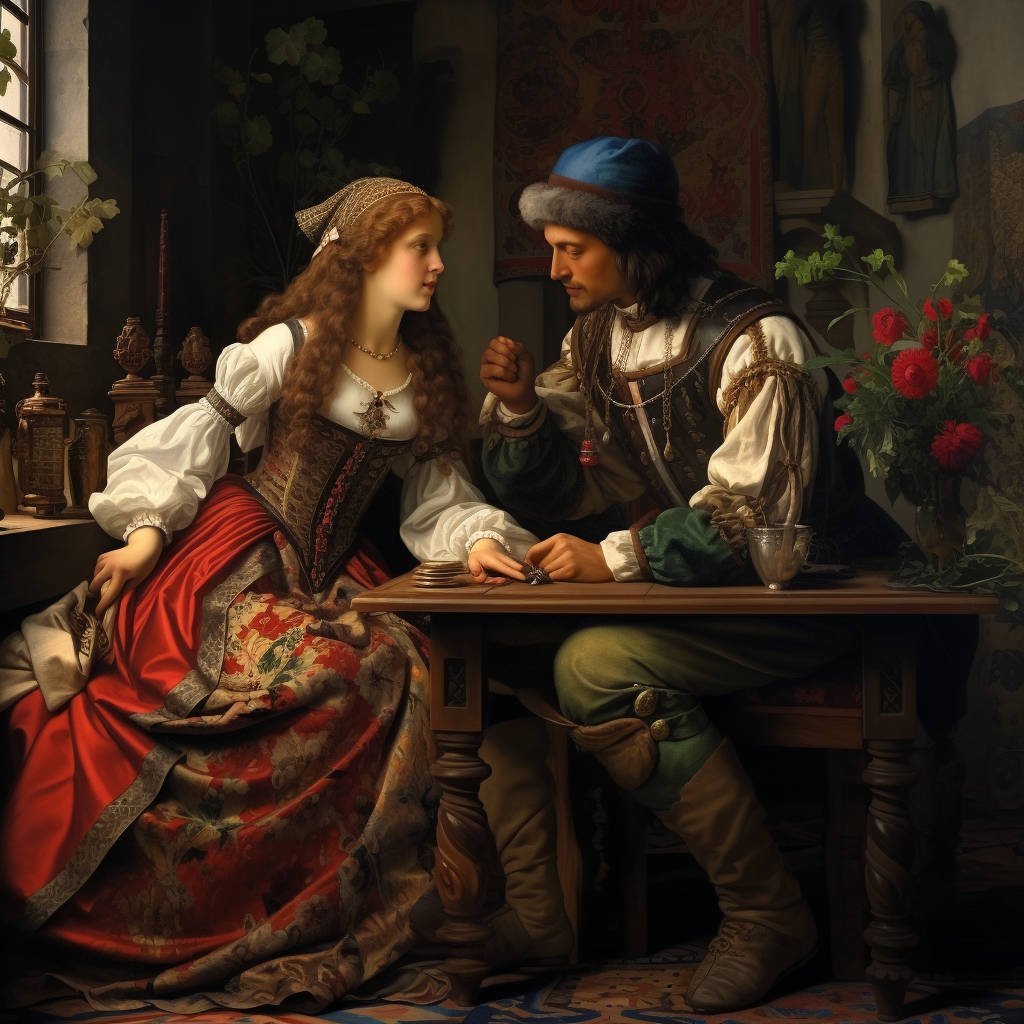
10
Aug
Renaissance Art: A Rebirth of Creativity and Humanism
The Renaissance, a pivotal period in European history, witnessed a profound transformation in art, culture, and intellectual pursuits. Characterized by a revival of classical ideals, a focus on humanism, and a surge in creativity, Renaissance art marked a turning point in the evolution of artistic expression. In this article, we will embark on a journey through the remarkable world of Renaissance art, exploring its historical context, key characteristics, and the enduring legacy it leaves on the art world.
The Historical Context of the Renaissance
The Renaissance, which emerged in Italy during the 14th century, spanned several centuries and had far-reaching effects across Europe. The term “Renaissance” itself signifies a rebirth—a return to the intellectual and artistic achievements of ancient Greece and Rome. The movement was a reaction to the medieval period’s strict religiosity and an embrace of human potential and secular knowledge.
Patronage played a vital role in fostering the flourishing of Renaissance art. Wealthy merchants, nobles, and the Church commissioned artists to create works that celebrated their status and power. This patronage provided artists with the means and freedom to explore their creativity, leading to an explosion of artistic brilliance.
Key Characteristics of Renaissance Art
- Humanism: At the core of Renaissance art was the philosophy of humanism, which celebrated the potential and dignity of the individual. Artists portrayed human figures with greater realism and emotions, striving to capture the essence of the human experience.
- Perspective and Realism: Renaissance artists perfected the use of linear perspective, creating the illusion of depth and three-dimensionality in their works. Realism became a hallmark of Renaissance art, with meticulous attention to detail in anatomical accuracy, lighting, and shadows.
- Classical Influence: Renaissance artists drew inspiration from classical antiquity, studying ancient sculptures, architecture, and literature. They sought to emulate the elegance and grandeur of Greek and Roman art, infusing their works with a sense of idealized beauty.
- Naturalism and Observation: Artists embraced a scientific approach to art, observing the natural world and human anatomy to create more lifelike and naturalistic representations.
- Contrapposto: This sculptural technique, derived from ancient Greek statues, involves placing the weight of the body on one leg while the other leg is relaxed, resulting in a more natural and dynamic pose.
The Masters of Renaissance Art
- Leonardo da Vinci (1452-1519): Often considered the quintessential Renaissance man, Leonardo was a painter, sculptor, scientist, and inventor. His iconic works, such as “Mona Lisa” and “The Last Supper,” exemplify the Renaissance ideals of realism, perspective, and human emotion.
- Michelangelo Buonarroti (1475-1564): Renowned for his sculptural mastery, Michelangelo’s works include the breathtaking “David” and the magnificent ceiling of the Sistine Chapel in Vatican City.
- Raphael (1483-1520): Celebrated for his graceful and harmonious compositions, Raphael’s works, like “The School of Athens,” showcase his mastery of perspective and human forms.
- Sandro Botticelli (1445-1510): Known for his delicate and poetic style, Botticelli’s paintings, such as “The Birth of Venus” and “Primavera,” embody the grace and beauty of the Renaissance period.
The Impact of Renaissance Art
The impact of Renaissance art extended beyond its time, shaping the trajectory of Western art for centuries to come. The newfound techniques of perspective and naturalism revolutionized artistic representation, setting the foundation for the art of the Baroque, Neoclassical, and even modern periods.
Furthermore, the Renaissance emphasized the artist as an individual creator, elevating their status from mere artisans to intellectuals and thinkers. This notion of the artist as a visionary and creative genius would resonate in subsequent eras, influencing the Romantic and Impressionist movements.
The Renaissance also laid the groundwork for a more secular approach to art and culture. With a renewed interest in the human experience, artists explored themes beyond religious subjects, embracing mythological, historical, and portrait painting.
The Legacy of Renaissance Art
The enduring legacy of Renaissance art is evident in its influence on subsequent generations of artists. The principles of perspective, realism, and humanism became fundamental tenets of Western art. Even in the modern era, the fascination with the Renaissance persists, as seen in the popularity of exhibitions and the continued study and admiration of the period’s masterpieces.
Moreover, the Renaissance sparked a cultural and intellectual awakening that reverberated throughout Europe, leading to the flourishing of literature, music, and scientific inquiry. It was a period when the thirst for knowledge and exploration laid the groundwork for the advancements of the Enlightenment.
The Renaissance was an extraordinary period that revolutionized the world of art, unleashing a creative explosion that continues to inspire and captivate us today. With its celebration of human potential, the pursuit of knowledge, and the revival of classical ideals, Renaissance art remains a timeless testament to the triumph of the human spirit.
As we marvel at the masterpieces of Leonardo, Michelangelo, Raphael, and their contemporaries, we are reminded of the transformative power of art. The Renaissance serves as a profound reminder of the enduring human quest for knowledge, beauty, and self-expression, proving that art can indeed change the course of history and leave an indelible mark on the soul of humanity.
